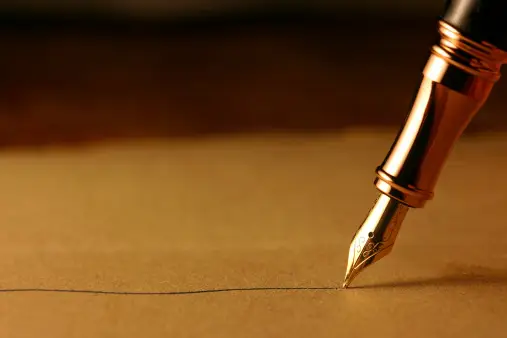
Forging signatures, a practice that involves duplicating another person’s signature, is a serious issue with legal, financial, and personal implications. The ease of forging signatures varies depending on various factors including the complexity of the signature, the skill of the forger, and the tools used. In this article, we will explore the aspects of signature forgery, its detection, prevention methods, and the role of technology in both facilitating and combating this form of fraud.
Understanding Signature Forgery
Signature forgery is the act of replicating another person’s signature on a document without their consent. This can range from a simple, casual attempt to mimic a signature to a highly skilled and sophisticated replication that can be difficult to detect. Forgeries are often associated with fraudulent activities, aiming to deceive others by creating the false impression of consent or agreement from the supposed signatory.Types of Signature Forgery
- Simple Forgery: Involves someone attempting to copy a signature based on a general impression without a detailed study of its characteristics. These forgeries are often easy to detect due to lack of similarity in intricate details.
- Simulated Forgery: The forger studies the original signature and practices replicating it, focusing on capturing its flow and unique traits. These can be more challenging to detect.
- Traced Forgery: Involves placing a transparent paper over the original signature and tracing it. These forgeries can sometimes be detected by examining the pressure and depth of the strokes.
Factors Affecting the Ease of Forgery
- Complexity of the Signature: Simple signatures are easier to forge than complex ones with unique flourishes and variations in pressure and speed.
- Skill of the Forger: Experienced forgers with a background in art or calligraphy can produce more convincing forgeries.
- Tools Used: The use of advanced tools, like digital tablets or specialized software, can facilitate more accurate forgeries.
Detection of Signature Forgeries
Detecting signature forgeries often involves forensic analysis by experts who examine various aspects of the signature, such as:- Stroke Order: Analyzing the direction and sequence of strokes.
- Pressure Points: Examining the variation in pressure throughout the signature.
- Consistency: Comparing the questioned signature with multiple genuine samples for consistency in style and form.
Technological Advancements in Signature Verification
Technology plays a crucial role in both the creation and detection of forged signatures. Digital platforms and advanced software have made it easier to replicate signatures, but they have also enhanced the capabilities to detect forgeries through:- Biometric Analysis: Uses sophisticated algorithms to analyze the unique physical and behavioral patterns in a signature, including pressure, speed, and rhythm.
- Machine Learning: AI and machine learning algorithms can be trained to distinguish between genuine and forged signatures with high accuracy.
Preventive Measures Against Signature Forgery
To mitigate the risk of signature forgery, individuals and organizations can adopt several preventive measures:- Complex Signatures: Using signatures with unique elements that are difficult to replicate.
- Regular Updates: Changing signatures periodically to reduce the risk of forgery.
- Use of Technology: Employing digital signature solutions that provide secure and verifiable means of signing documents.
Legal Implications and Remedies
Signature forgery is a criminal offense in many jurisdictions, with legal consequences that can include fines and imprisonment. Victims of signature forgery have legal recourses such as:- Filing a Police Report: To initiate an investigation into the forgery.
- Legal Action: Pursuing civil litigation against the forger for any damages incurred.
Are there cultural differences in signature practices?
Signature practices vary significantly across cultures, reflecting unique historical, legal, and social norms. In Western countries, signatures are highly individualized and legally binding, often used to authenticate documents and agreements. The emphasis is on a person’s unique way of writing their name. In contrast, East Asian countries like Japan and China may use personal stamps or seals known as “hanko” or “chop,” respectively, alongside or instead of handwritten signatures. These seals are engraved with the individual’s name and are used to officiate documents. In some Middle Eastern regions, the use of thumbprints alongside or instead of written signatures is also common, especially among individuals who may not be literate. Such practices underline the diverse ways cultures authenticate identity and agreements.Conclusion
While signature forgery can be executed with varying degrees of sophistication, its detection and prevention are continually evolving, especially with advancements in technology. It’s important for individuals and organizations to be vigilant, adopting both traditional and technological measures to safeguard against the risks associated with signature forgery. Awareness and education on the signs of forgery and the use of secure signing methods can significantly reduce the prevalence of this fraudulent activity. click here to visit websiteWhat's your reaction?
Excited
0 Happy
0 In Love
0 Not Sure
0 Silly
0









